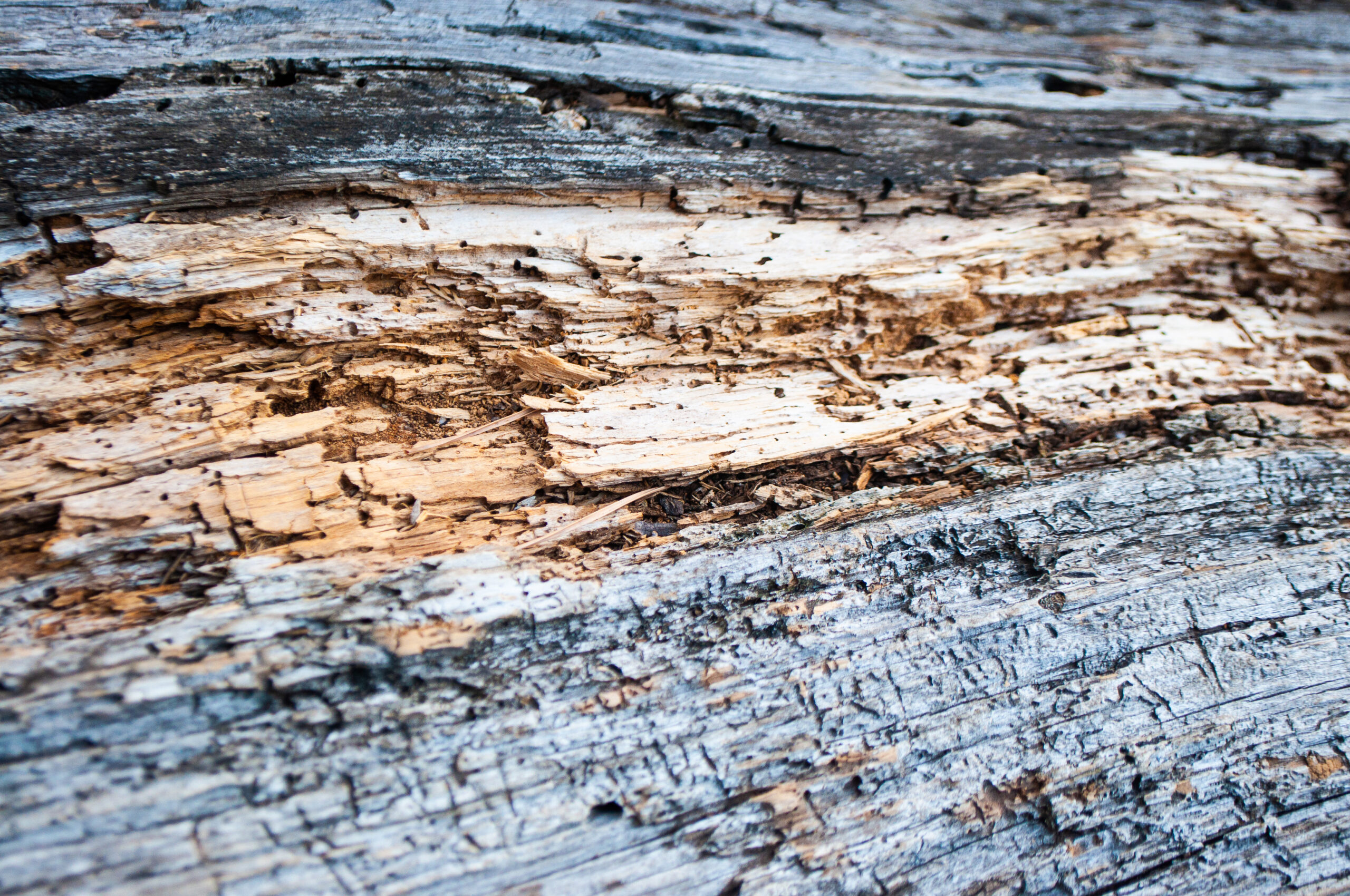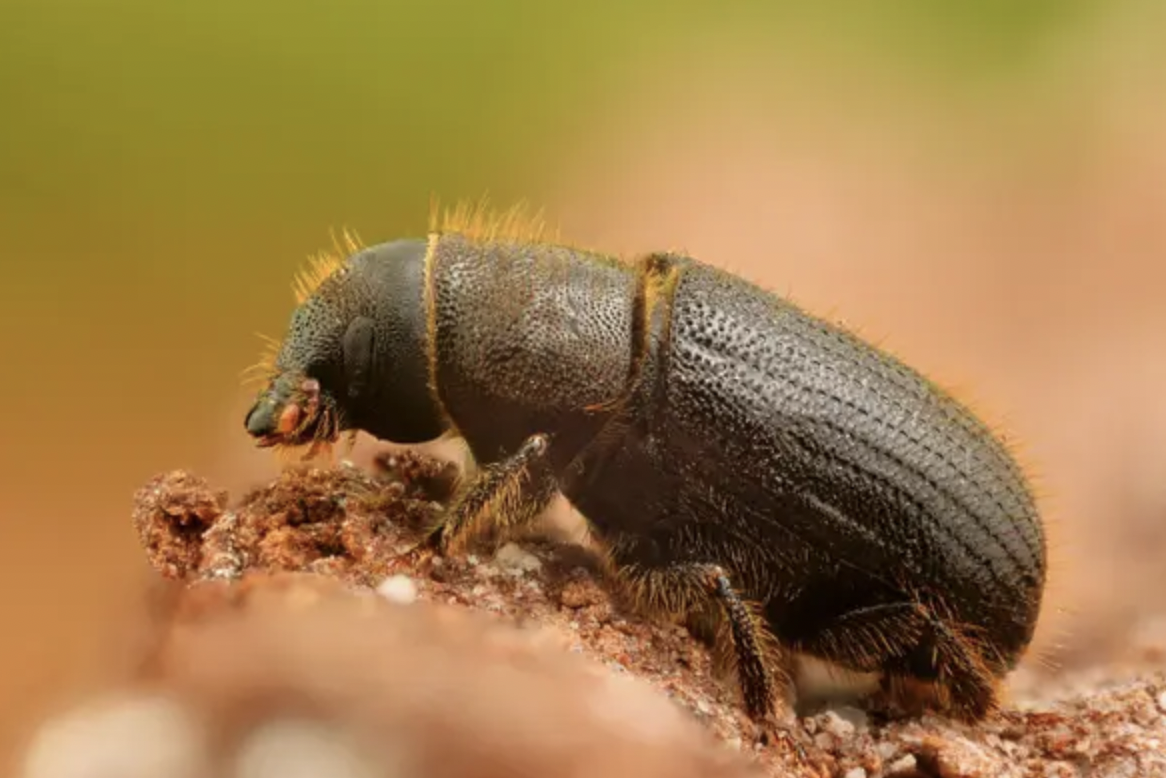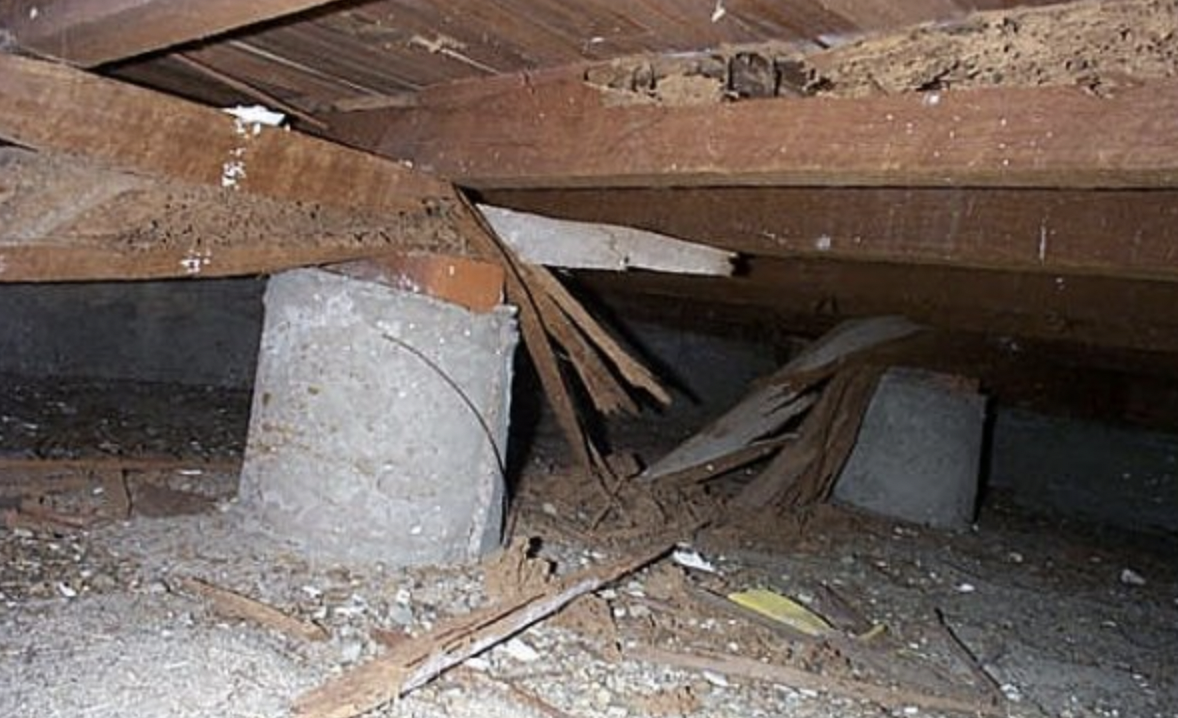Borer Control in Auckland for Homes and Buildings
Understanding Borers
Up to 7 species of wood-boring insect in New Zealand might attack the timbers of your home or other buildings.
The most common of these is the:
- Common House Borer
- Native House Borer
- Two Toothed Longhorn borer
- Native Termites
The elytra is a hard shell that covers a beetle’s body. This strong covering helps beetles survive in places where other insects might sustain injuries.
For instance, they can dig in leaf litter or soil without damage. These features also protect beetles from attacks. The elytra help prevent water loss by covering the openings to the breathing tubes on the abdomen.
Borer Life-Cycle
The life cycles of these insects are similar. Adult females lay up to 100 eggs on bare timber, or in old flight holes. The eggs hatch in 4 to 5 weeks. The larvae then burrow into the wood.
They eat the wood and use yeasts in their stomachs. These yeasts help break down the cellulose in the wood.
After 3 to 5 years, the larvae will form a pupa in a chamber close to the surface. Then, 4 to 8 weeks later, the adult will exit the wood. It does this by eating its way to the surface, creating a ‘flight hole.’
The adult borer flies for about a month, from October to March. During this time, they mate, and the life cycle starts again.
The flight holes are about 2mm wide for the Common House Borer. They are 3-4mm for the Native House Borer. The holes can be up to 7mm and are oval for the Two Toothed Longhorn Borer.
The New Zealand drywood termite occurs throughout New Zealand. Drywood termites thrive in certain conditions found in buildings. These same conditions are also good for the larvae of two-toothed longhorn beetles and house borer beetles. Therefore, it is uncommon for drywood termites to be the only cause of damage.
However, the presence of even small nests can cause areas of building damage. Also, because exit holes are hard to see and few in number, the damage may go unnoticed. It can spread throughout the building before anyone realizes they need to take action.
Buildings closely surrounded by neglected shelter trees may be more susceptible to damage than others.
How Can I Tell if I Have an Active Borer Problem?
To see if borers are still active, look for small holes in the wood. If borers are inside, they push out a powdery substance called frass. Frass is basically borer waste, and it looks like fine sawdust with a yellow or orange color.
When you rub it between your fingers, it feels a bit gritty. Finding frass around these holes usually means borers are actively damaging the wood.
Look for
- small piles of frass
- frass coming out and down from borer holes
- frass covering your possessions in the affected area
- in extreme cases damage to structure of the wood
It is not uncommon, to have borer attack some boards and not others – the untouched ones are probably harder heart wood.
Are they dangerous?
Borers do not harm humans. However, they can weaken wood. Over time, this may threaten the strength of your home or commercial building.
That’s borer control in Auckland is important. We need to use a treatment that kills the borer. This stops their life cycle and prevents future pest problems.
Can I do it myself?
Do-It-Yourself methods to control wood-destroying insects often do not work. It takes a trained eye to know how and where to treat these pests.
Let Us Help
How soon can you get here?
At NZ Pest Control, we aim to provide our customers with quick and efficient service. We work hard to be with you as soon as we can.
Is the borer treatment safe?
NZ Pest Control must thoroughly check and register all products with the EPA for pest control use. Only then can our highly trained pest control professionals consider them for use.
You can trust that NZ Pest Control’s pest control services will not harm humans or pets.
How can I prevent Borer in the future?
Wood-destroying borers, find timber with moisture content attractive. For effective borer control in Auckland, keep the subfloor area dry and well-ventilated.
Check for plumbing leaks and unblock air vents. Replace any untreated wood that touches the ground to follow New Zealand Building Code standards. Also, replace any damaged wood affected by insects.
Experts recommend installing a polythene vapor barrier to reduce ground moisture and rising dampness. Additionally, inspect the roof cavity for leaks and ensure the roof cladding seals properly to prevent moisture penetration.
The best way to control a pest problem is by removing and replacing damaged wood with wood treated to prevent pests. This is especially important if the main support beams are affected. There’s also a risk that pests could return from nearby areas, which should be addressed.



